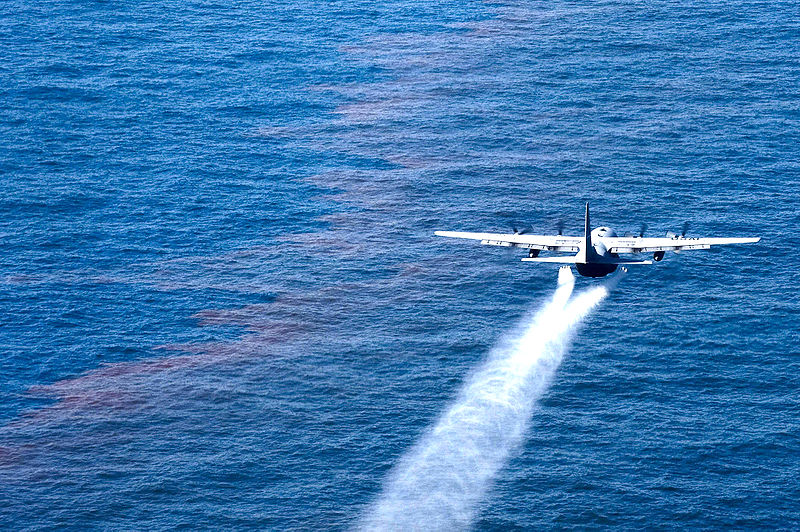- About MAA
- Membership
- MAA Publications
- Periodicals
- Blogs
- MAA Book Series
- MAA Press (an imprint of the AMS)
- MAA Notes
- MAA Reviews
- Mathematical Communication
- Information for Libraries
- Author Resources
- Advertise with MAA
- Meetings
- Competitions
- Programs
- Communities
- MAA Sections
- SIGMAA
- MAA Connect
- Students
- MAA Awards
- Awards Booklets
- Writing Awards
- Teaching Awards
- Service Awards
- Research Awards
- Lecture Awards
- Putnam Competition Individual and Team Winners
- D. E. Shaw Group AMC 8 Awards & Certificates
- Maryam Mirzakhani AMC 10 A Awards & Certificates
- Two Sigma AMC 10 B Awards & Certificates
- Jane Street AMC 12 A Awards & Certificates
- Akamai AMC 12 B Awards & Certificates
- High School Teachers
- News
You are here
Modeling Fluid Flow to Limit Oil Spills
August 11, 2011
 Mathematical and scientific experts in fluid dynamics have developed models that could help to predict the spread of oil spills. Such modeling, based on factors like wind and weather patterns, would help crews decide where and when to marshal clean-up resources.
Mathematical and scientific experts in fluid dynamics have developed models that could help to predict the spread of oil spills. Such modeling, based on factors like wind and weather patterns, would help crews decide where and when to marshal clean-up resources.
“The issue is, ‘How do you get in front and anticipate what you might have to be dealing with,’” said Rick Luettich (University of North Carolina). “What might happen in terms of that oil moving from, say, the Mississippi coast around to the Texas coast,” he said, “or would it go to the Florida coast?”
In an August 2011 report in the series Discoveries and Breakthroughs Inside Mathematics and Statistics, Luettich indicates, “There’s always going to be natural hazards. The key is to try to keep them from becoming disasters." Some of his models, in fact, were put to work to help track and pinpoint areas of damage after last year's Deepwater Horizon spill in the Gulf of Mexico.
Understanding processes of fluid flow under different temperatures and pressures is important to applications in aerodynamics of aircraft, automobiles, and ships; the flow of petroleum and water through pipelines; weather prediction; biological function in the human body; and traffic engineering. Fluid dynamics is also essential to supersonic flows such as shock wave formation, detonation, and supersonic transport.
Source: Discoveries and Breakthroughs Inside Mathematics and Statistics
Image of C-130 Hercules dropping an oil-dispersing chemical into the Gulf of Mexico May 5, 2010, as part of the Deepwater Horizon Response effort via Wikimedia Commons.
Id:
1175
Start Date:
Thursday, August 11, 2011




